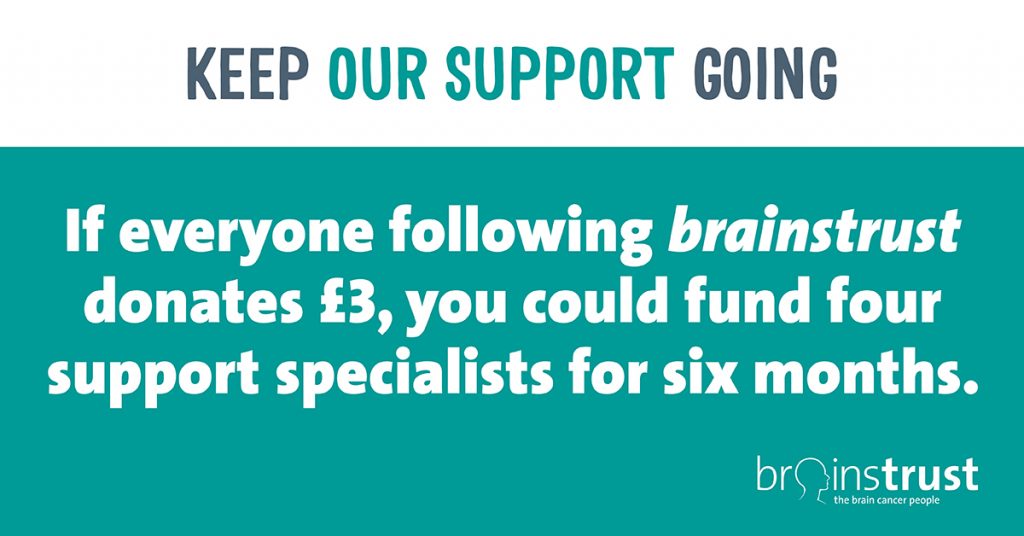With the COVID-19 pandemic response requiring people with pre-existing health conditions to completely isolate for 12 weeks, that has meant solitude for Sarah* since March. We spoke to Sarah about how she was coping, and what was worrying her.
Questions about treatment
Sarah was in the middle of her chemotherapy treatment when the Coronavirus pandemic began, and so she has been indoors since March 25th – she is hoping for just another nine weeks of isolation. No longer able to attend the hospital, her review with her Oncologist of her MRI has been changed to a telephone review. She’s dreading the five days of injections that she has been prescribed to build up her immune system, which she will have to administer at home. Thoughts about her next round of chemotherapy cause her to worry – will it go ahead, be postponed or cancelled? What will the impact of that be?
Isolation: “A constant reminder of my situation”
Beyond these changes to her treatment, Sarah is fed up and anxious because she cannot see her loved ones. The plans that she made for the summer, including a Ronan Keating concert, have been cancelled. This was something Sarah deliberated about purchasing for months, before deciding to “take the plunge” and hope she was well enough on the day to attend.
Unfortunately for Sarah, things are getting harder not easier as time goes on. Not being able to see friends and family, other than through a window, is extremely hard. Sarah misses simple things like doing her food shopping for herself.
“Not even being able to do something as simple as go to the supermarket and choose my own shopping – friends have been amazing and supported me, but there is nothing like being able to have a wander around. It is great that the Government and local council have identified me as being “highly vulnerable and at risk”, and whilst I feel extremely grateful for this and that they are supporting me with regular texts, emails and calls to update me and ask if I need any additional help, this just serves as a constant reminder of my situation and why I am here”.
*Sarah’s name has been changed for this story. If you have questions about how Coronavirus will impact your brain tumour treatment, talk to your clinical team and check out our
Corona Comms hub. You can stay connected to the brain tumour community with our online webinars, as well as giving us a call on our helpline: 01983 292 405.










